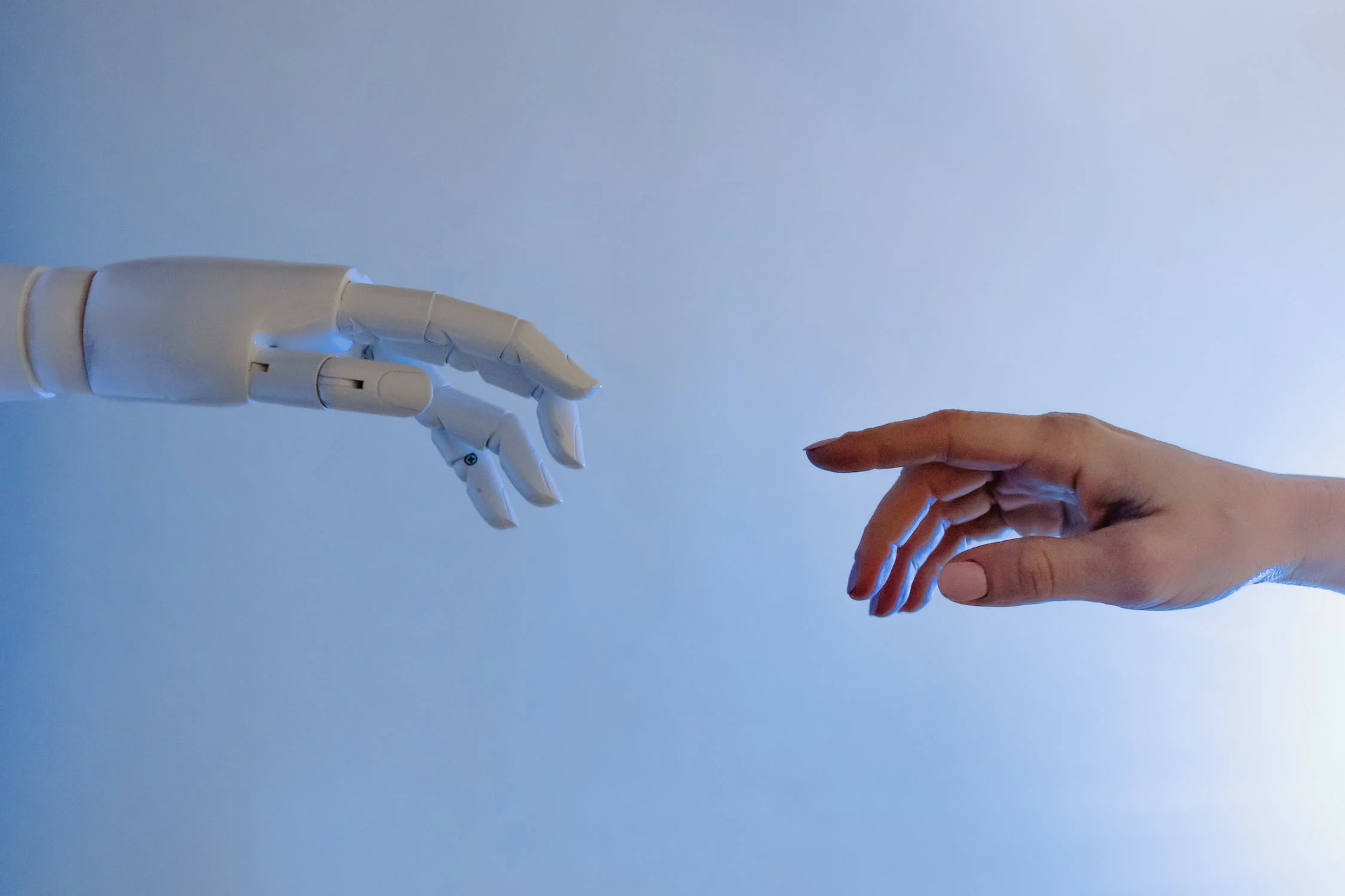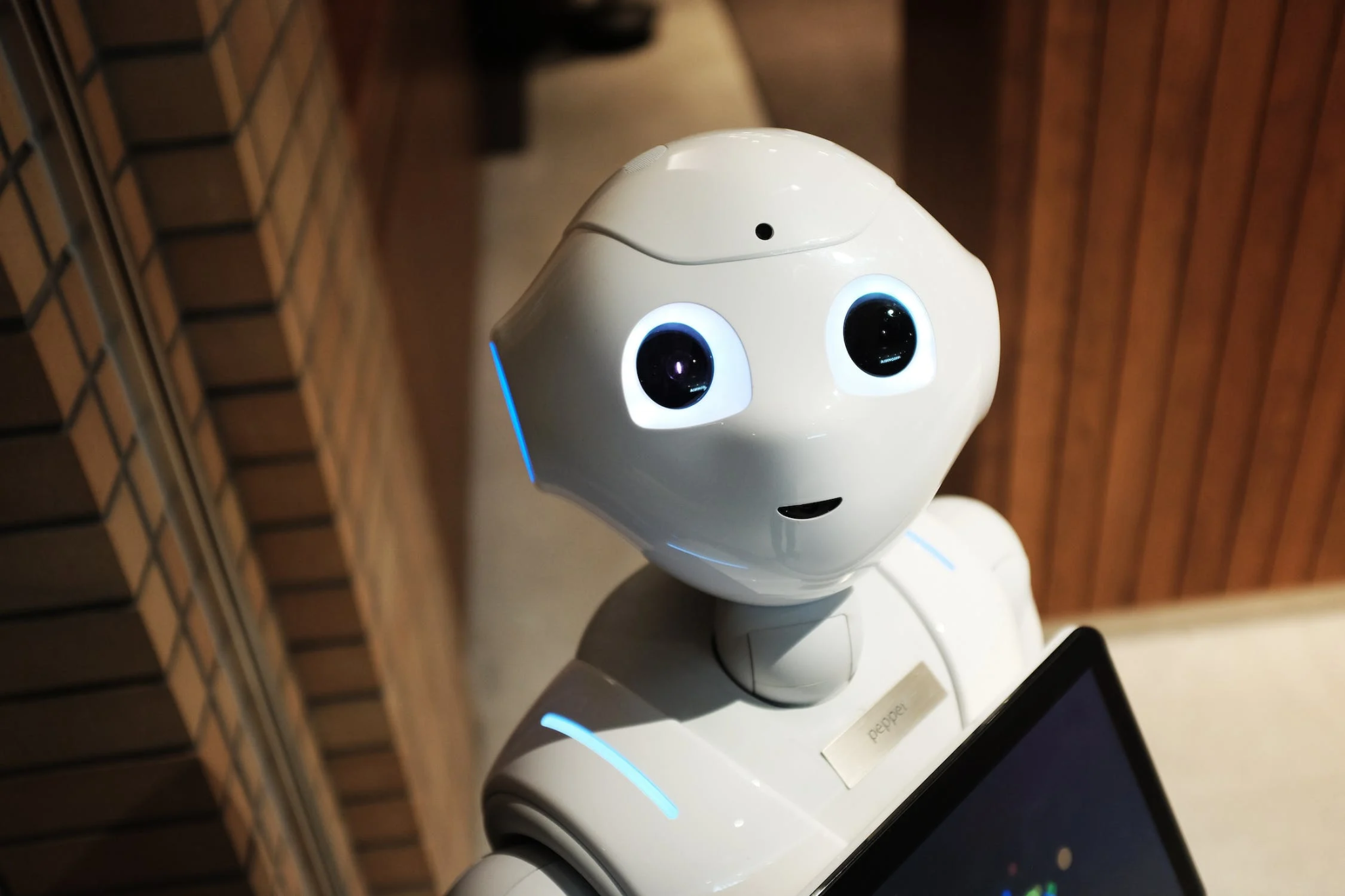Machine Learning vs Artificial Intelligence: How Different are They?
There are a lot of common misunderstandings regarding what artificial intelligence and machine learning represent, even though these concepts are trendy buzzwords in the technology industry that you hear about everywhere these days. Numerous businesses and organisations, whether large or small, assert they use some form of artificial intelligence (AI) in their products or services; however, what does this entail in day-to-day operations?

You often ignore the difference between AI and machine learning because as long as you use the app or technology, you probably would not care about its function, connection, and meaning. But if you are curious, you would enjoy reading and diving deep into its processes.
This post will discuss the difference between the two most trending technology terms you often encounter. If you are interested in knowing more, read this until the end.
What is Artificial Intelligence (AI)?
The primary focus of the field of artificial intelligence, sometimes known as AI, is the study of how to programme computers and robots to behave in ways that are both analogous to and superior to humans. Programmes that have been enabled with AI can analyse data and contextualise it to deliver information or trigger activities without the need for human intervention automatically.
Artificial intelligence is at the core of a wide variety of technology we use, such as smart devices and voice assistants like Siri, which are found on Apple products. Automating tasks, accelerating decision-making, and enabling customer conversations with chatbots are some goals businesses pursue by implementing cutting-edge technologies such as natural language processing and computer vision. These technologies give computers the ability to use human language and interpret images.
What is Machine Learning (ML)?
The development of artificial intelligence may begin with machine learning. This subfield of artificial intelligence uses algorithms to gain insights and spot patterns from data automatically and then applies that learning to produce progressively more sound decisions.
Programmers explore the limits of how much they can improve a computer system’s perception, cognition, and behaviour by researching and experimenting with machine learning. This helps them determine how much improvement they can make.
Deep learning is a cutting-edge approach to machine learning that takes things one step further. Deep learning models utilise massive neural networks, which act similarly to a human brain in that they logically process data to understand complicated patterns and generate predictions independent of the input of a human being.
Key Differences between AI and ML
Since you have already learned the basics of artificial intelligence and machine learning, it’s time to know their main differences in order to identify them.

Artificial Intelligence
- AI is a technology that allows a machine that is programmed to mimic human behaviour.
- Artificial intelligence aims to develop a clever computer system that can solve complicated problems as humans do.
- Artificial intelligence creates intelligent systems that can carry out any work like a human.
- Artificial intelligence’s two most important branches are machine learning and deep learning.
- The applications of AI are quite diverse and extensive.
- AI is striving toward the creation of an intelligent system that is capable of performing a variety of complex jobs.
- The artificial intelligence system is concerned with increasing the likelihood of success.
- The most prominent AI applications are Siri, providing customer support via AI-powered catboats, employing an expert system, participating in online gameplay, intelligent humanoid robots, and more.
- Weak/narrow AI, artificial general intelligence/strong AI, and artificial super intelligence are the three different forms of AI that can be differentiated based on their capabilities.
- Learning, deductive reasoning, and the ability to correct oneself are all components.
- Data can be structured, semi-structured, or unstructured, and AI can deal with all three types.
Machine Learning
- ML is a subfield of artificial intelligence which enables computers to learn from past data without being specifically programmed automatically.
- The goal of machine learning (ML) is to enable machines to learn from data and produce accurate results.
- Machine learning is the process of instructing machines, using data, to carry out specific tasks and produce reliable results.
- Deep learning is a significant part of the larger field of machine learning.
- The application of machine learning is restricted.
- Machine learning is working to develop computer programmes that can carry out only the specific activities for which they have been trained.
- Accuracy and recognising patterns are two of the primary focuses of machine learning.
- The most important uses of ML are the online recommender system, the search algorithms used by Google, Facebook auto friend tagging suggestions, and more.
- Machine learning can also be segmented into three primary categories: supervised, unsupervised, and reinforcement learning. Each of these subcategories has its unique characteristics.
- It involves acquiring new knowledge and adjusting to account for newly acquired data.
- Structured data and semi-structured data are the focus of machine learning.
Final Thoughts
Having a proper understanding of these phrases can be tricky and take a lot of work. It is to be expected that you will use them interchangeably more frequently. On the other hand, given that you have read its definition and the primary distinctions between them, your understanding of it has grown.

Hello! My name is Lucas, and I am the creator of ursuperb.com. I’ve been writing about technology for almost 10 years now, and I love talking about tech news, reviews, and tutorials. I’m currently living in San Francisco, CA, and I’ve been blogging professionally since 2012. I love what I do, and I really enjoy interacting with people online. I believe in creating positive change for humanity, and I try to inspire others to do the same. You can read more about me here.
My favorite thing about Ursuperb is that I’m able to provide useful information to anyone interested in learning more about technology. No matter what kind of tech you use (computer, smartphone, tablet), you will definitely find something interesting to read on Ursuperb. So, let’s take a look at some of the topics I cover on Ursuperb:
1) How To Build An Online Business With WordPress
2) How To Make Money On YouTube Using AdSense
3) What Is Google Analytics? And Why Should You Use It?
4) How To Make Your Own Website Design Software For Free



